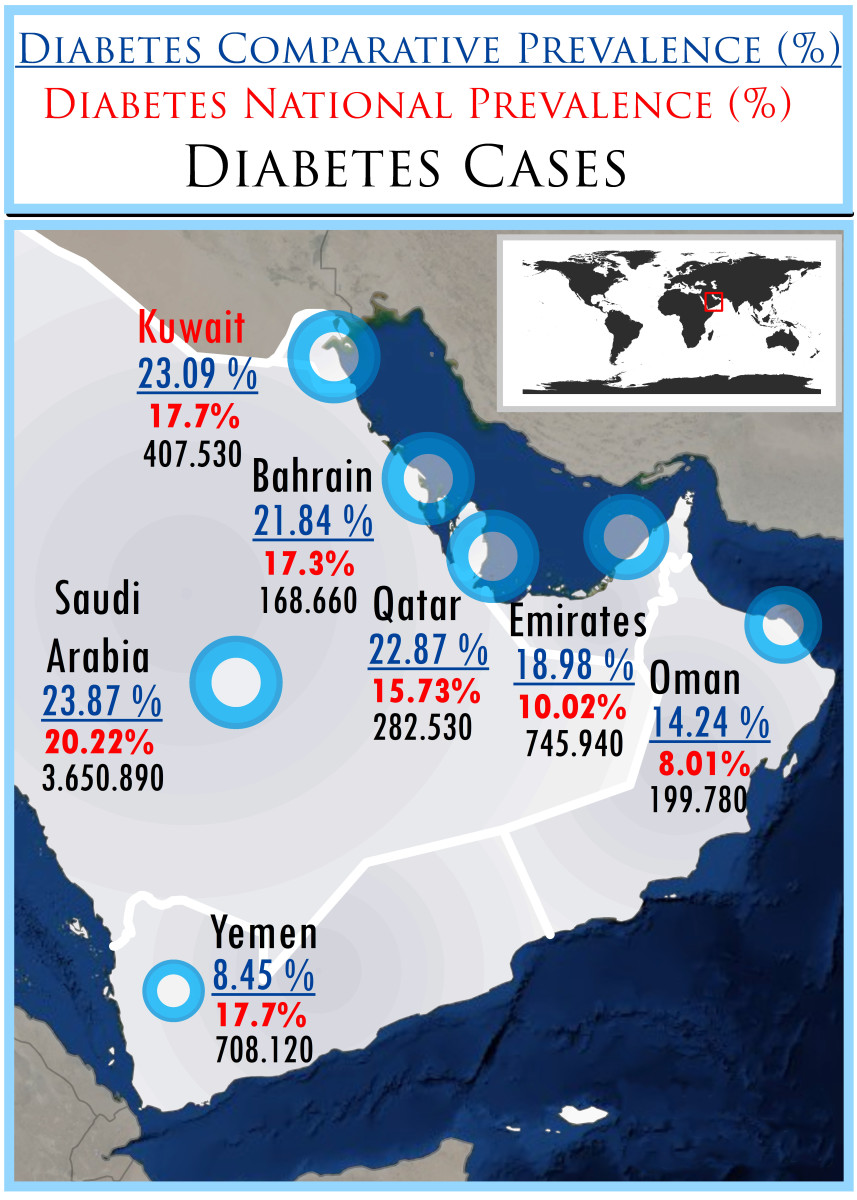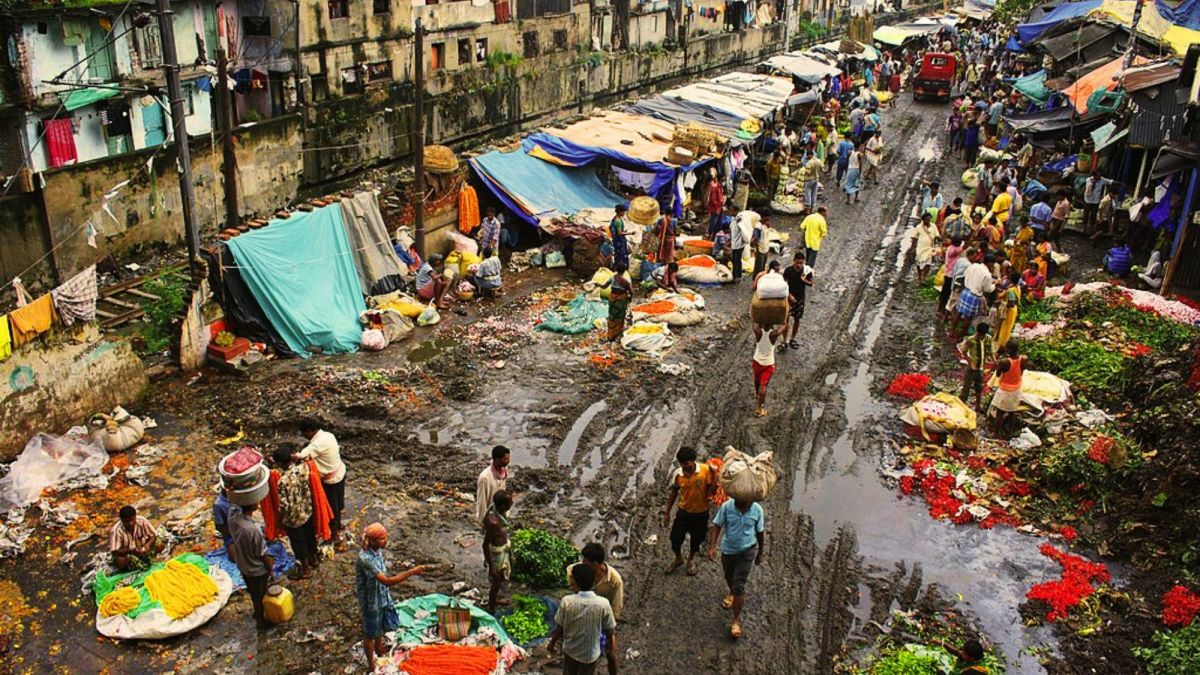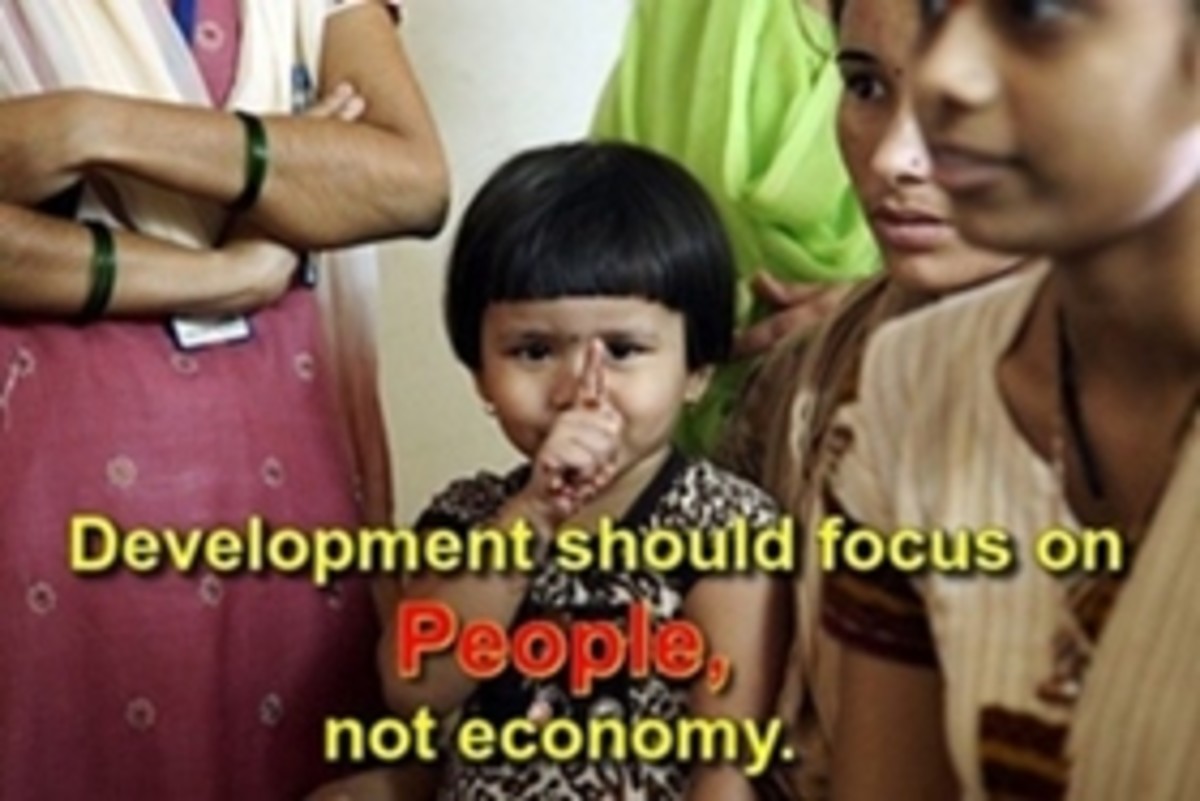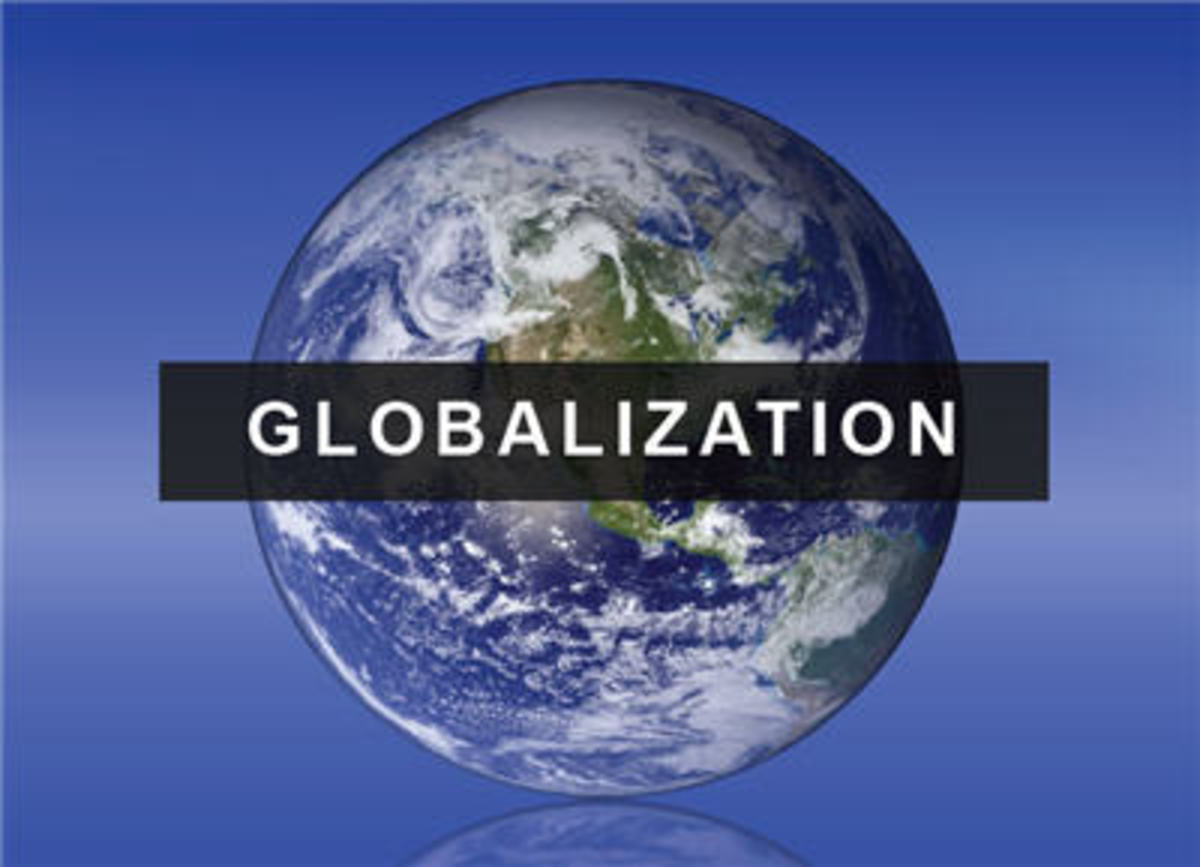Community-Based Monitoring System (CBMS) - Taking a look at Household's Economic Profile
CBMS profiling
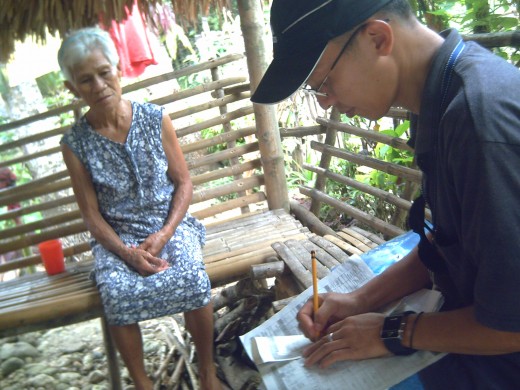
During the seminar
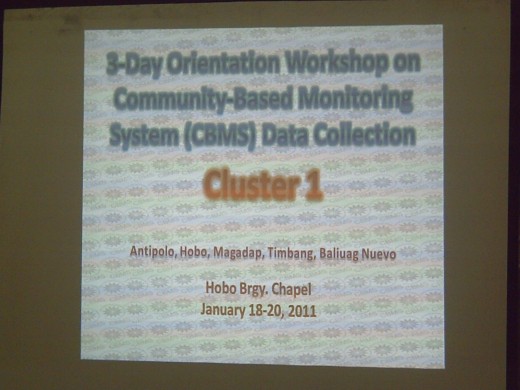
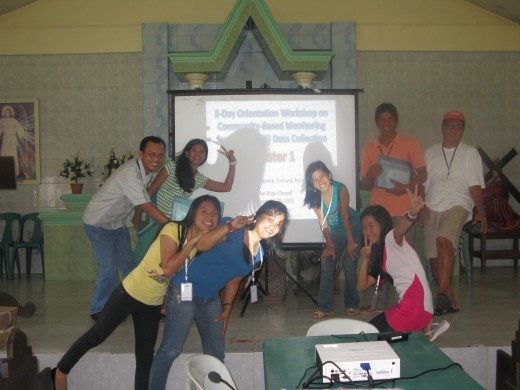
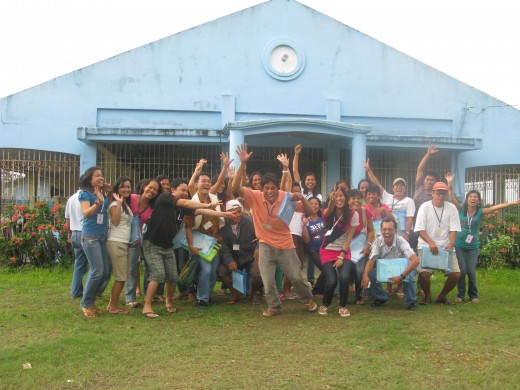
I've taken a three-week hiatus on HubPages. You see, I've been hired by the municipal government to be one of the enumerators or surveyors in one of the 25 counties or barangays of my town (MInalabac, Camarines Sur, Philippines).
I was one of the four enumerators in our county and the next 21 days had eaten our time profiling the economic status of every household in our community. We have time knowing the basic problems existing in every family or the riches being savored by the affluents in our place.
Our place is basically an agricultural community. People rely so much on farming, planting rice or corn and other root crops that help sustain the economic stability of every household. Farmers and farm helpers are the most in-demand jobs or occupation in our place. Carpentry and building construction help are also on the job's list.
The downside of living in the rural area is the uncontrolled rearing or child-bearing of young mothers. Although, there are options available for family planning, backward attitudes prevail resulting to having more than 5 children in every household.
Professionals range from education graduates and other technical courses. Most of the youth didn't go to school due to the scarcity of family's income.
With this situation, the local government unit of my town adopted this scheme of profiling the economic status of every household since 2005. It is based from the monitoring system implemented in Canada to help the poor residents.
We're still not paid with our work. Collating data is just a start of CBMS. Next to it is the data editing until all the information are categorized. Encoding it to categorize gathered data and program implementation will follow until the end goal of alleviating poverty is reached by a certain community.
Barangay immersion is a fulfilling experience with me. I came to know more about my neighbors and their struggle to make their lives better
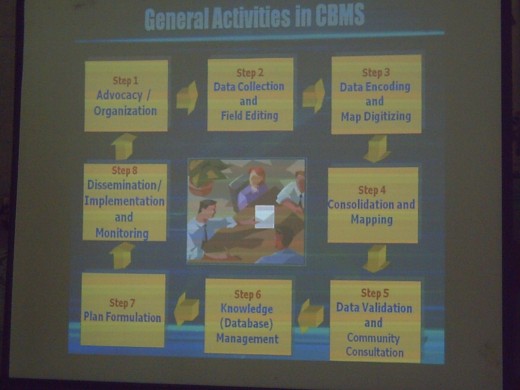
CBMS Enumerators in Action!!!
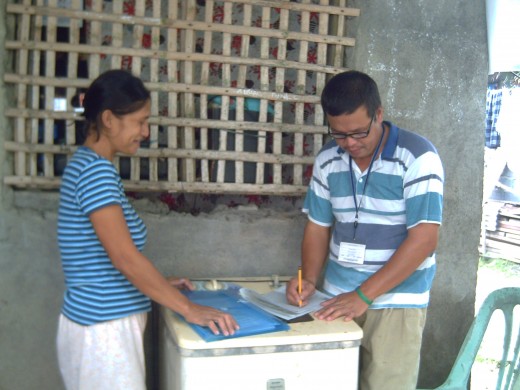
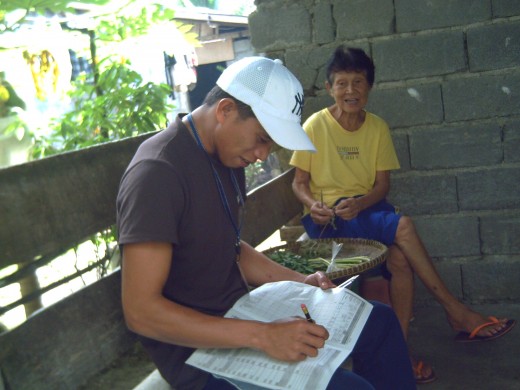
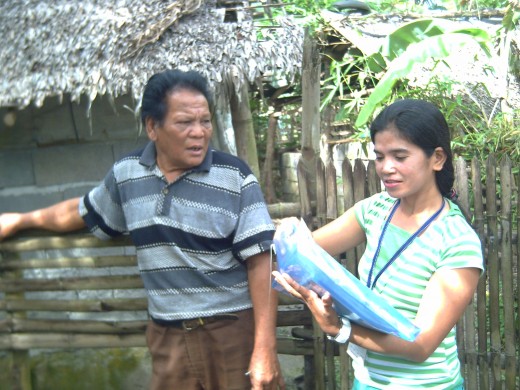
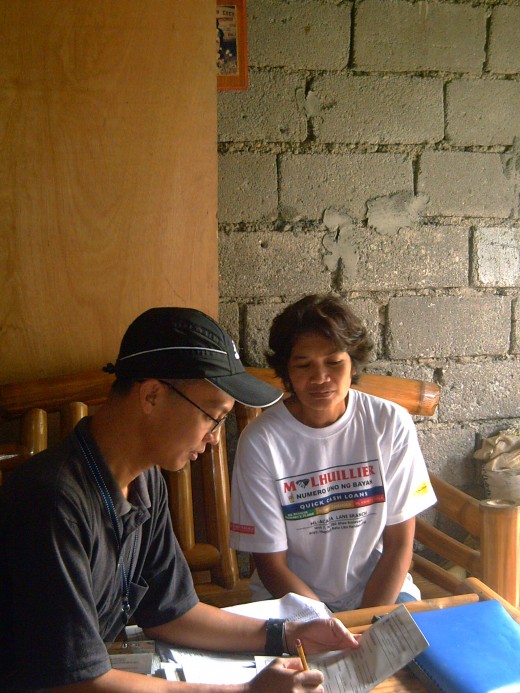
Poverty Reduction Goals and Targets through CBMS
CBMS Network Updates, a monthly journal by www.pep-net.org, provides all the information that I need in order to have a broader spectrum in understanding this kind of monitoring system. Is it related to the survey system being used by DSWD (Department of Social Welfare and Development) or just a clone that is tend to be a burden to ordinary people being disturbed in their time of work? Is it just another bulk of bundle of papers waiting to be burned as more LGUs (local government units) spend their budget on another program?
Correct me if I'm wrong, most of the help that are needed in the country will come when all are suffering from poverty factors that continue to enslave ordinary people. Optimistically, there are some rays of light that can be seen because of the selfless contribution of CBMS enumerators, trying hard to get the right facts that will be the basis of the basic help that will come from the local government unit, if and only if they have the budget needed to solve perrenial problems in the community.
So far, these are the reduction targets that need to be attained by 2015 (4 years from now, as of this writing):
- Reducing the proportion of malnourished children - some mothers are so hardheaded that they never take heed of the government's call to practice family planning. Instead they cling to the colloquial jargon of "family planting".
- Access to safe water - many of the residents in our community or village are still using shallow water as main source of drinking water.
- Access to sanitary toilet facilities - makeshift toilets abound in our area. Some households, still don't have a water-flushed toilet and some just don't have enough time (or their just so lazy) to make a toilet of their own.
- Children/teenagers who are school dropouts - reducing their number can help alleviate the economic status of their families.
- Reducing poverty threshold - people in the rural areas belong to poverty line or below from the threshold. Reducing it is a two-way process because most of the residents rely on the LGU's monetary assistance, not helping themselves to have a self-sustainability in the program.
- Reducing crime & unemployment - with increased investment on eco-tourism, micro, small, and medium industry development, agricultural diversification and modernization, job opportunities will increase. and crime will be lessened.
- Anti-poverty planning - updating the provincial, municipal and barangay profiles once in every three years as basis for devising appropriate programs
- Sustainable livelihood activities - is synonymous with the reduction of unemployment and economic stability for every household.
- Participation of NGOs (non-government organizations), POs (people's organizations) and GOs (government organizations) - as active partners in the planning, implementation, monitoring and evaluation of poverty-reduction programs.
- Anti-poverty forum every year - including reports on monitoring and evaluation
This is an information that should be heard around the world. The Canadian International Development Agency (CIDA) took the initiative to share it around the globe. It became a byword in Africa, Europe, Asia and now, Latin America. Impoverished nations are now aware of the solutions that await them when they help themselves by monitoring the situations of their communities.
It's not a hand-to-mouth method. All things are possible if the government and the people will cooperate for a common goal: ERADICATE POVERTY.
CBMS The Philippine Experience Part 1 c/o PEPCBMS
CBMS The Philippine Experience Part 2 c/o PEPCBMS
CBMS in Focus
Fighting poverty in the Third world countries, like Philippines is still the main agenda of every local government unit. Far flung barangays seldom receive the 100 % assistance from the national government, much more with the municipal's assistance or projects due to lack of funds. To understand more about the importance of CBMS, you can check out for this book. As an enumerator, I happened to know the basic necessities that every household need in our community. My firsthand immersion revealed real economic status of every family in our barangay.


